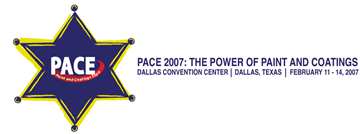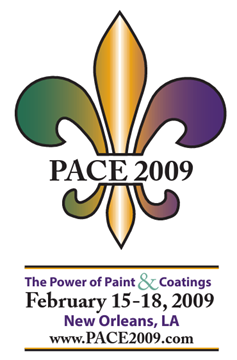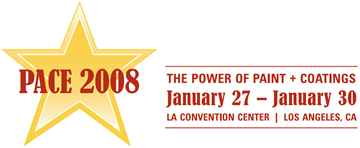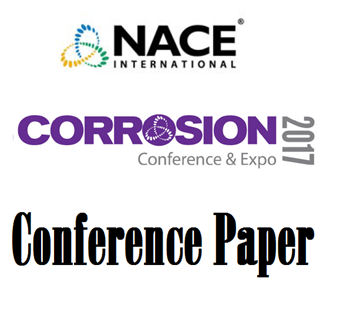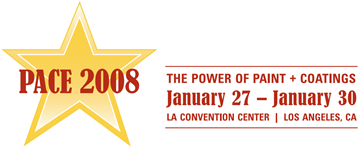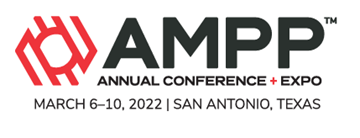Search
Individual Conference Papers
View as
Sort by
Display
per page
Remote, Visual Inspection And Digital Analysis For External Corrosion Assessment In Refining Unit Applications
Product Number:
51321-16542-SG
Publication Date:
2021
$20.00
Renovation and Seismic Upgrade of a 1930’s Ford Assembly Plant
Product Number:
41209-499-SG
Publication Date:
2009
$20.00
Repainting Bridges During Rehabilitation Projects: Sequencing Options
Product Number:
41206-241-SG
Publication Date:
2006
$20.00
Repair and Restoration of Concrete Surfaces Utilizing “Wet Process Spray” Mortars For Water and Wastewater Applications
Product Number:
41208-407-SG
Publication Date:
2008
$20.00
Repair Coatings for TSA
Product Number:
51317--9369-SG
ISBN:
9369 2017 CP
Publication Date:
2017
$20.00
Repairs to Concrete Foundation of Water Tanks
Product Number:
41208-446-SG
Publication Date:
2008
$20.00
Replica Tape- A Source of New Surface Profile Information
Product Number:
41214-808-SG
Publication Date:
2014
$20.00
Replica Tape- Relating 3 Surface Profile Parameters to Pull-Off Adhesion
Product Number:
41215-878-SG
Publication Date:
2015
$20.00
REQUIREMENTS FOR LOW ALLOY STEEL PIPING ATTACHMENT WELDS
Product Number:
MPWT19-15315
Publication Date:
2019
$0.00
Research On Cluster Well Group Casing Cathodic Protection For Field Test And Optimization Of Anode Bed
Product Number:
51322-17724-SG
Publication Date:
2022
$20.00


